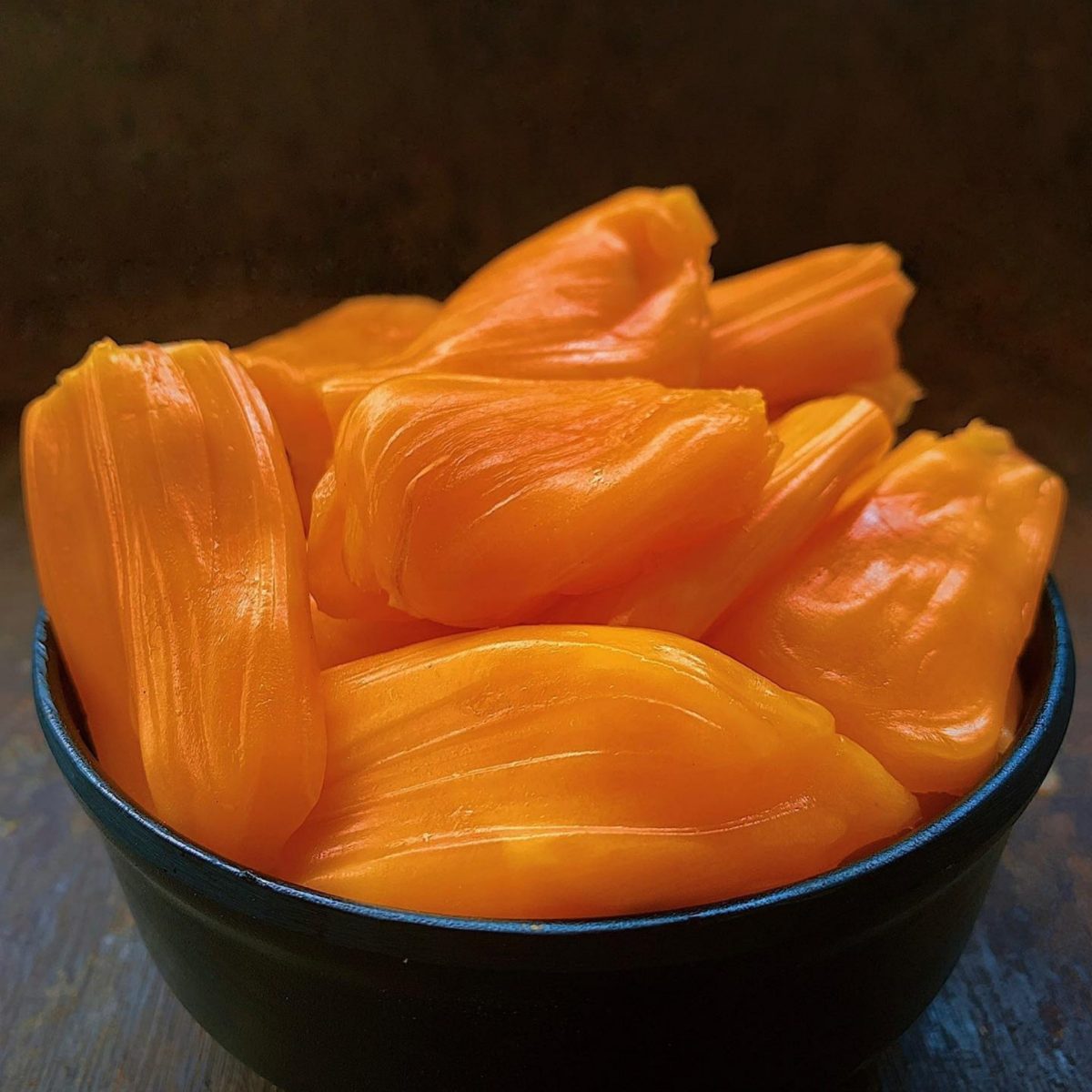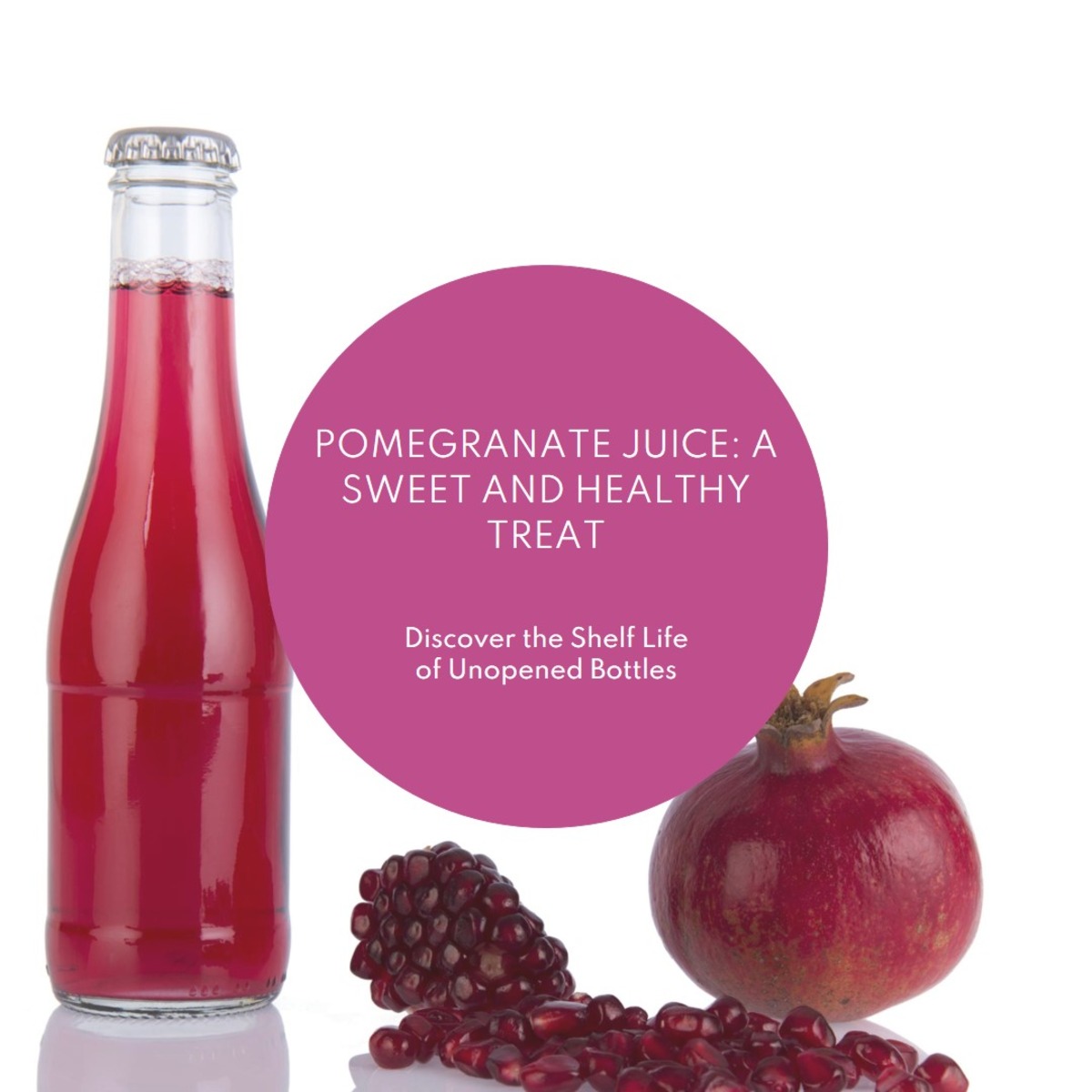Tropical fruits are known for their exotic flavors and unique appearances, and two such fruits that often pique curiosity are rambutan and lychee. These fruits, originating from different parts of Asia, offer a delightful combination of taste, texture, and nutritional benefits. In this comprehensive article, we will delve into the details of rambutan and lychee, comparing their origins, appearances, tastes, nutritional contents, and culinary uses. Whether you're a fruit enthusiast, a curious foodie, or simply looking to expand your knowledge, join us as we unravel the intriguing world of rambutan and lychee.
Indulge in the tropical harmony of rambutan and lychee, where each bite is a symphony of flavors that transport you to sun-kissed paradise.
Origins and Cultivation
Both rambutan and lychee have a rich history of cultivation in tropical regions, but they hail from different parts of Asia. Understanding their origins can provide insights into their unique characteristics and cultural significance.
Rambutan
Rambutan, scientifically known as Nephelium lappaceum, is native to Southeast Asia, particularly Indonesia and Malaysia [1]. It thrives in tropical climates, with abundant rainfall and warm temperatures. The name "rambutan" is derived from the Malay word "rambut," meaning hair, which aptly describes the fruit's appearance. Rambutan trees can reach up to 80 feet in height and produce clusters of round fruits.
Lychee
Lychee, scientifically referred to as Litchi chinensis, has its origins in southern China, specifically in the Guangdong and Fujian provinces [1]. This fruit has a long history, dating back thousands of years, and has been cultivated in various parts of the world due to its popularity. Lychee trees are medium-sized evergreen trees that can grow up to 50 feet tall. The fruit grows in clusters and is highly regarded for its sweetness and delicate aroma.
Rambutan is native to Southeast Asia, while lychee originated in southern China.
Appearance and Texture
 "The fruit we bought at La Boqueria" by yosoynuts is licensed under CC BY-ND 2.0.
"The fruit we bought at La Boqueria" by yosoynuts is licensed under CC BY-ND 2.0.
Rambutan and lychee possess distinctive physical characteristics, making them easily distinguishable from one another. Let's explore their appearances and textures in detail.
Rambutan
Rambutan's most striking feature is its vibrant red outer shell covered in hair-like spines or "prongs" [2]. The spines are usually soft and flexible, providing a unique tactile experience when touched. Once the spiky shell is removed, the creamy white flesh is revealed, encapsulating a single large seed at the center. The flesh of rambutan is tender and slightly chewy, with a creamy consistency.
Lychee
Lychee showcases a contrasting appearance with its light red or pink shell, which is relatively smoother and covered in small scaly bumps [3]. The shell is relatively thinner compared to rambutan's spiky covering, making it easier to peel. Inside, the translucent white flesh is delicate and juicy, enveloping a single large seed. The texture of lychee's flesh is crisp, with a refreshing juiciness.
Rambutan has a spiky, red shell, while lychee has a smoother, light red or pink shell.
Taste Profile
The flavor of a fruit is a defining characteristic that entices our taste buds. Rambutan and lychee have distinct taste profiles that contribute to their uniqueness.
Rambutan
When it comes to taste, rambutan offers a delightful combination of sweetness and tartness [2]. The sweetness is more pronounced, accompanied by a subtle sour note that adds a pleasant tang to the overall flavor. The creamy flesh has a rich and indulgent taste, which many describe as reminiscent of a blend between a grape and a lychee. The flavor is further enhanced by the fruit's juicy consistency, creating a truly enjoyable experience.
Lychee
Lychee is renowned for its delicately sweet flavor with subtle floral undertones [2]. The taste is refreshing and mildly tart, providing a delightful contrast to its sweetness. When consumed, lychee offers a crisp bite, followed by a burst of juiciness that invigorates the palate. The combination of its unique flavor and refreshing texture makes lychee a popular choice among fruit enthusiasts.
Rambutan offers a blend of sweetness and tartness, while lychee boasts a delicately sweet flavor with floral undertones.
Nutritional Benefits
Beyond their delectable flavors, rambutan and lychee offer a range of nutritional benefits that contribute to a healthy diet. Let's explore the nutritional compositions and potential health advantages of these tropical fruits.
Nutritional Composition
Rambutan and lychee share several similarities in their nutritional profiles, making them valuable sources of essential vitamins, minerals, and antioxidants. Both fruits are low in calories and fat while being rich in beneficial nutrients.
- Rambutan: Rambutan is a good source of vitamin C, providing 36.4 mg which is around 40% of the recommended daily intake per 100 grams [3]. It also contains significant amounts of copper, manganese, and iron, which are essential for various bodily functions. Additionally, rambutan contains dietary fiber, contributing to digestive health.
- Lychee: Similarly, lychee is packed with vitamin C, offering 27.6 mg which is approximately 27% of the recommended daily intake per 100 grams [3]. It also contains notable amounts of vitamin B6, vitamin K, copper, and potassium. The fruit is known for its high water content, aiding hydration, and is a good source of dietary fiber, promoting healthy digestion.
Health Benefits
Both rambutan and lychee offer potential health benefits due to their rich nutritional profiles.
- Rambutan: Rambutan's nutritional composition contributes to various health advantages. The fruit contains antioxidants, such as flavonoids and phenolic compounds, which help protect against oxidative stress and cellular damage [1]. Some studies suggest that rambutan may have anti-diabetic properties, aid in improving bone health, and contribute to heart health. However, further research is required to establish these claims conclusively.
- Lychee: Lychee's nutritional content offers potential health benefits as well. The fruit is rich in antioxidants, including polyphenols, which help combat free radicals and reduce the risk of chronic diseases [1]. Lychee is believed to boost the immune system, support healthy skin, aid in digestion, and potentially lower cholesterol levels. These health benefits, however, require further scientific investigation for definitive conclusions.
Rambutan is associated with health benefits such as decreased risk of diabetes, improved bone health, and heart health, while lychee is believed to boost the immune system, lower cholesterol, and improve digestion.
Culinary Uses and Enjoyment
 "fruit salad (yummy yummy)" by penguincakes is licensed under CC BY-NC-SA 2.0.
"fruit salad (yummy yummy)" by penguincakes is licensed under CC BY-NC-SA 2.0.
Rambutan and lychee are not only delightful to consume fresh but also versatile in various culinary creations. Let's explore the ways these tropical fruits can be incorporated into dishes and beverages.
Fresh Consumption
Both rambutan and lychee can be enjoyed fresh, providing a satisfying and refreshing snacking experience. Their natural sweetness and juiciness make them a favorite among fruit lovers worldwide. Simply peel off the outer shell and savor the tender flesh, being mindful to remove the seeds.
Culinary Applications
Rambutan and lychee's unique flavors and textures make them excellent additions to a wide array of dishes and beverages. Here are some popular culinary uses:
Rambutan
- Desserts: Rambutan is often featured in various desserts, including ice creams, sorbets, and fruit salads. Its creamy texture and sweet-tart flavor blend well with other tropical fruits, creating a delightful medley of flavors.
- Cocktails: The unique appearance and taste of rambutan make it an attractive garnish for cocktails and mocktails. The fruit's spiky exterior adds an intriguing visual element to the drink, while the sweet and tangy flesh provides a burst of flavor.
Lychee
- Asian Cuisine: Lychee is commonly used in Asian cuisine, adding its distinctive flavor to both sweet and savory dishes. It is often incorporated into stir-fries, sauces, and glazes, providing a hint of sweetness and complexity.
- Beverages: Lychee's floral aroma and sweet taste make it a popular ingredient in refreshing beverages. It can be used to make juices, smoothies, cocktails, and even tea infusions, infusing the drink with its delightful essence.
Rambutan and lychee can be enjoyed fresh and are versatile in various culinary creations, including desserts, cocktails, Asian cuisine, and beverages.
Conclusion
In conclusion, rambutan and lychee are two tropical fruits that captivate the senses with their unique appearances, flavors, and nutritional compositions. While both fruits share similarities such as belonging to the soapberries family, having white flesh, and containing high levels of vitamin C, they also exhibit distinct differences in terms of appearance, taste, and texture. Rambutan entices with its spiky, red shell, creamy flesh, and a delightful blend of sweetness and tartness. On the other hand, lychee charms with its smooth, light red or pink shell, crisp texture, and delicately sweet flavor with floral undertones. Both fruits offer valuable nutritional benefits and can be enjoyed fresh or incorporated into a variety of culinary creations.
As you embark on your tropical fruit journey, whether you choose the vibrant rambutan or the elegant lychee, remember to savor each bite and appreciate the wealth of flavors and experiences these fruits bring. Delight your taste buds, embrace their nutritional goodness, and relish the cultural heritage associated with these tropical delights.








